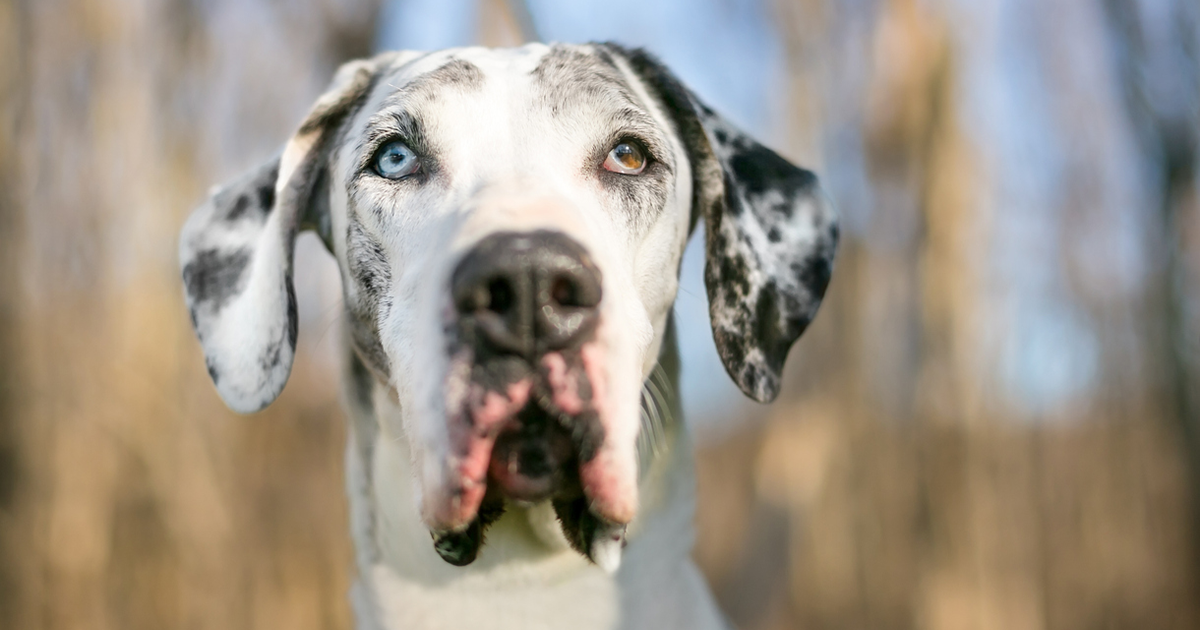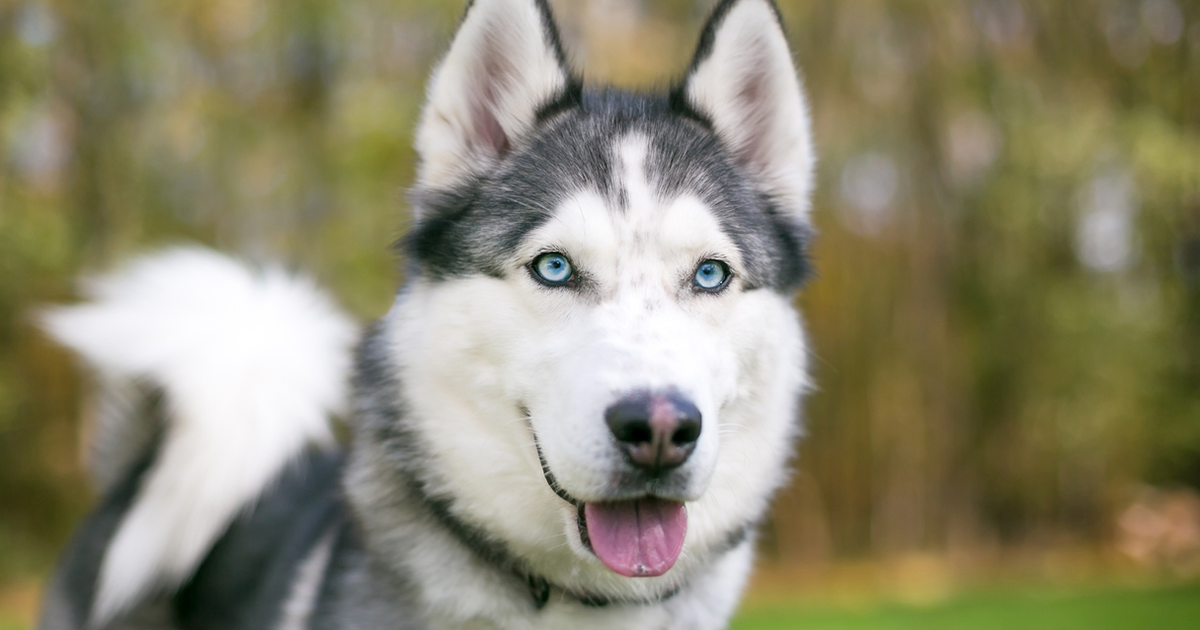Being a dog pawrent is a big responsibility. No matter how calm and gentle your pup, all dogs need at least some basic training to stay safe and become good canine citizens. Training also helps build confidence which is a huge asset should you ever board your pooch. Dog training and boarding may not seem to go together, but in an emergency, you’ll be glad your pup is prepared.
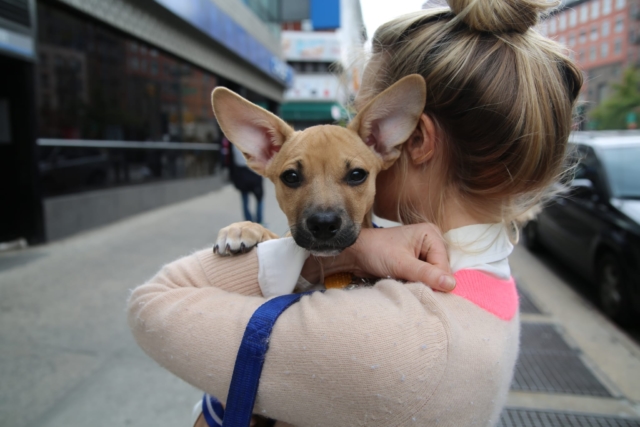

Both training and boarding will help your dog develop the skills and self assurance they need to become a happy, well-adjusted pup. Training is an excellent opportunity to bond with a new puppy or strengthen your relationship with an adult dog. Spending time apart during doggy daycare/boarding helps your dog learn to cope without you and understand that you will always come back.
Dog Training And Boarding Could Save Your Pup’s Life
In recent years, the U.S. has been plagued by powerful hurricanes and devastating wildfires. Countless pets have lost their homes, their families, and even their lives. These situations highlight the need for dog training and boarding.
It is natural for a dog to panic when faced with the chaos of a natural disaster. Many pets are lost when they take off during the evacuation process. While animals can be unpredictable in an emergency, those that are trained to follow basic commands are more likely to remain safely with their owners.
In addition, crate training is helpful when it comes to boarding your dog during a disaster or staying at evacuation centers and hotels. Dogs with crate training and/or boarding experience are less likely to experience stress in these situations.
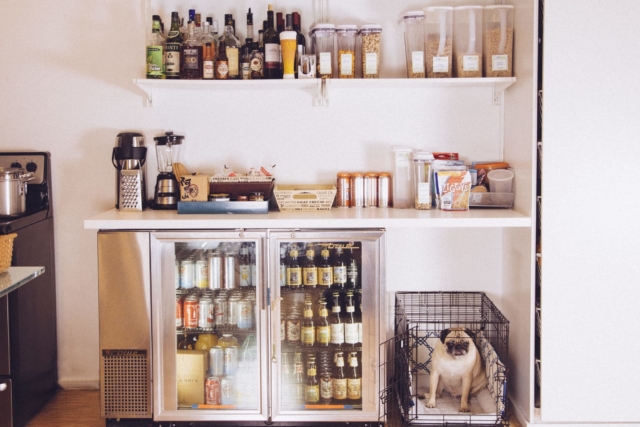

Dog Training 101
Whether you have a new puppy or an adult dog, there are a few important skills every pooch should learn. Professional dog trainers may differ on how to teach them, but most will agree there are at least seven essential commands every pup should know.
*Be sure to use positive reinforcement techniques like treats and praise!
Sit
This is usually the first command a dog learns. While it is quite simple, it helps set the tone for more advanced commands and prepares your pup to respond to training.
Down
Teaching your dog to lay down on command is especially important for larger pups that may be seen as intimidating by some people. A dog in the laying position is seen as calm and non-threatening.
Stay
Stay is a very important command and a natural next step after sit and down. Teaching your dog to stay will help you “own the door” when guests come to the house and is also essential for safety. Successfully teaching the stay command will help you prevent your dog from chasing after squirrels, cars, and unsuspecting cyclists.
Come
The come or recall command is also incredibly important for safety. Your dog must learn that when they hear this word, they are to ignore everything else – including strangers, cars, other dogs, etc – and immediately report to your side!
Off
Not to be confused with down, the off command teaches your dog not to jump on people. Even the gentlest dog can seriously hurt a child or senior by jumping up.
Leave It/Drop It
Has your dog ever taken off with one of your dirty socks or an even more “personal” item? Then you understand the importance of the leave it and drop it commands! Snatching your things can become a fun game for some pups. They don’t realize just how dangerous some objects can be.
Heel
Every dog loves a good walk. But if your pup is terrible on a leash, it can quickly become a nightmare! Some dogs pull ahead, cross in front of your legs, lag behind, or even jump and lunge at other walkers. Teaching them to heel and walk politely by your side will make walks safer and more enjoyable for everyone!
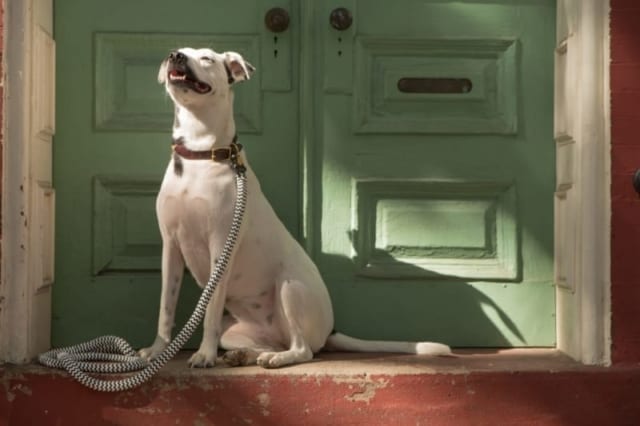
Socialization And Neutralization To The World Around Them
Socialization skills are among the earliest and most important lessons you can teach your dog. They are also among the easiest dog training lessons. As long as your pup has enough vaccinations to mingle in public, start introducing them to people and other dogs.
Pet stores, parks, and your vet’s office are good places for meet-ups. You can also invite friends over for meet-and-greets. Make sure you introduce your dog to all different kinds of people and pets.
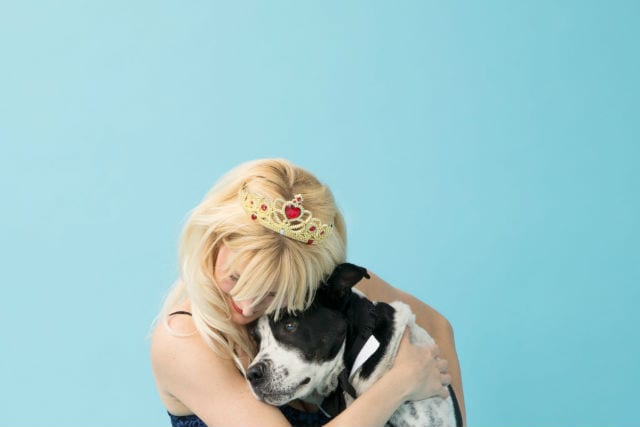
Neutralization and socialization go hand-in-hand. This dog training technique exposes pups to their environment. Most dogs quickly learn to like people, but some still fear the accessories that go along with them. For example, men wearing hats, women with strong perfume, baby carriages, skateboards, umbrellas, etc. can all be triggers.
You also want to desensitize your dog to loud noises and scary sights that could cause a fear response. Garbage trucks, revving motorcycles, construction sites, thunder and fireworks are common stimuli that often cause dogs to bolt, become lost, or suffer serious injuries.
Crate Training
Dogs are pack animals. When given the option, they almost always choose to be with their hoomans and fellow pets. However, in times of stress, most dogs appreciate having a space of their own. Teaching them to love their crate is as simple as making it a safe, cozy place and using positive reinforcement.
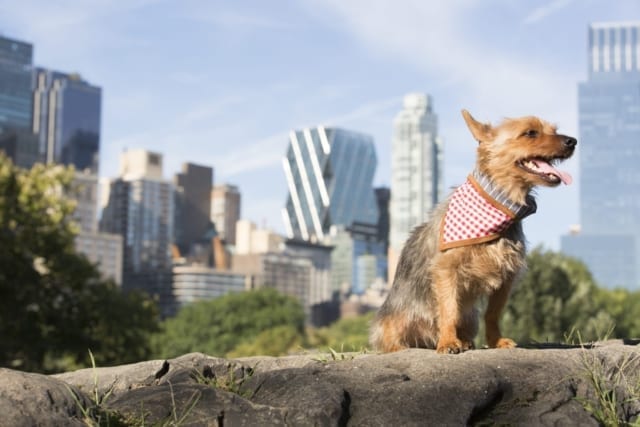
Here are a few tips to help your dog learn to love their crate:
- Never force them to go in against their will and never use the crate as punishment.
- Place the crate in a warm, quiet area with comfy bedding and an article of clothing carrying your smell.
- Place treats just inside the crate and slowly move them further back to get your pup used to going inside. Be sure to reward them with extra treats and lots of praise when they finally go in on their own!
- Begin feeding your dog in their crate with the door closed and latched. This will help reinforce the crate as a happy place.
- Slowly begin increasing the length of time your dog stays in the crate while you are in another room.
- When you reach 30 minutes of your dog calmly remaining in the crate, try leaving the house for short periods.
- Never crate your dog for longer than 5 hours.
How Training Prepares Your Pup For Being Boarded
Basic obedience, crate training and socialization are all extremely helpful should you ever have to board your dog. The process of dog training boosts confidence and teaches your pup how to behave in a variety of situations. Boarding can be scary if a dog is not prepared.
While boarding, your pooch is bound to meet other dogs of various temperaments. Socialization will help them get along well with the other canines as well as the staff. In addition, neutralization training will help prepare them for the sounds of barking and clanking cages.
Depending on the type of boarding facility you choose, your dog may spend a good amount of their day in a kennel. Crate training prior to boarding will ensure they can handle confinement with minimal stress.
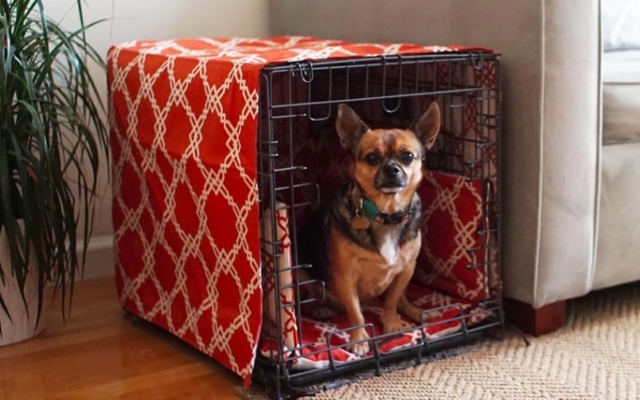

Dog training and boarding are fundamentals of being a pawrent. What matters most is keeping your dog and everyone who interacts with them safe. If you do not have experience training dogs, hire a professional to help you develop your skills. Your dog will be much more responsive to your commands if you are calm and confident.
There are also several companies offering online dog training for those intent on working one-on-one with their dogs. These programs offer step-by-step videos and exclusive access to highly skilled online trainers. Topics include everything from basic commands to advanced problem solving and canine sports. Programs offering online dog training include CyberDog Online, e-Training for Dogs, and Awesome Paws Agility Academy.



